
Your insider guide to the DoD Warrior Games 2024
With the Warrior Games set to kick off shortly, excitement is building among Team Australia who are putting the finishing touches on their preparation ahead of their trip to Orlando, Florida.
Here is everything you need to know ahead of this year’s DoD Warrior Games.
What are the dod warrior games?
The Department of Defence Warrior Games (DoD Warrior Games) is an annual event celebrating the spirit of wounded, injured and ill service members. This year marks the 14th anniversary and aims to showcase the physical strength and mental fortitude of veterans. From June 21st to 30th, 2024, the U.S. Army will host the games at ESPN Wide World of Sports Complex at Walt Disney World Resort near Orlando, Florida.
This event is more than just competition; it’s a testament to human resilience. Our Aussie veterans will join US military servicemen and women to compete in a number of adaptive sports. These activities allow competitors to participate regardless of their injury or illness.
Who is competing for AUSTRALIA?
Delivered in partnership between the Australian Defence Force (ADF) and Invictus Australia, Australia will send a team of 30 veterans over to Florida to represent the country during this year’s games.
The team was selected from the ADF Adaptive Sport Program which is open to former & current service personnel from all branches of the regular or reserve ADF who have become wounded, injured or ill during their service. All from differing backgrounds, the team has been spending valuable time in camps to sharpen their skills and form bonds over their shared experiences. Get to know your team more below:
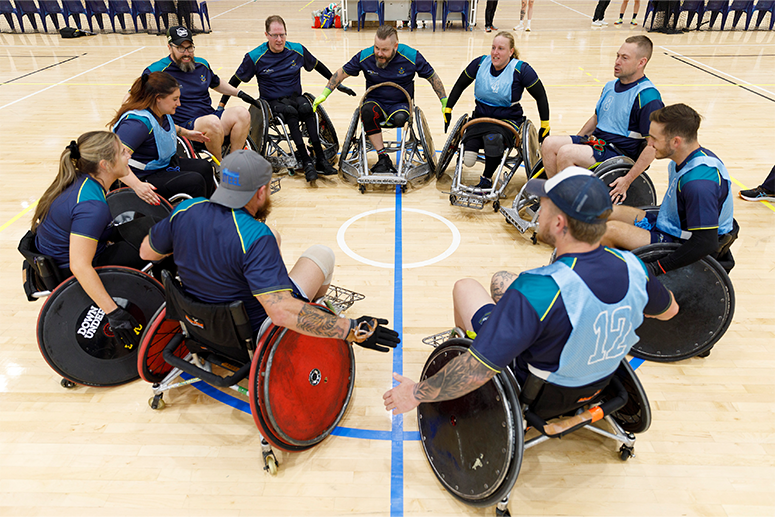
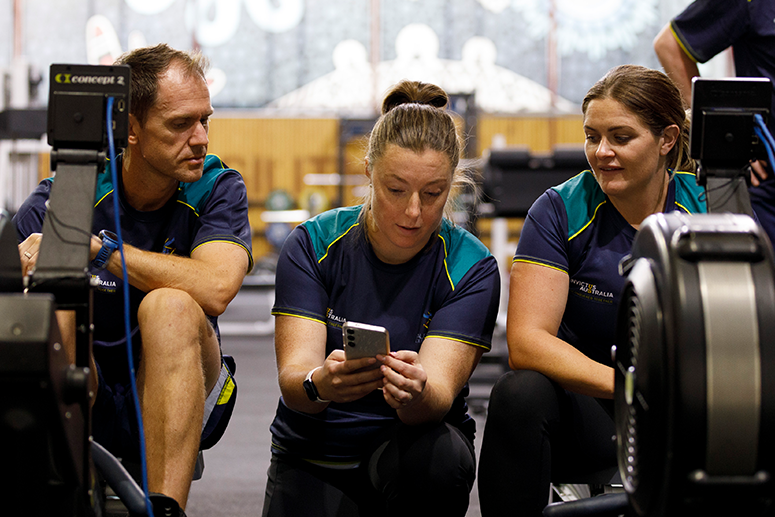
What sports will Team Australia be competing in?
The 2024 games will see Team Australia compete in archery, cycling, precision air sports, sitting volleyball, swimming, track and field, wheelchair basketball, wheelchair rugby, shooting, indoor rowing, and powerlifting. Through these adaptive sports, service members can improve their physical and mental well-being while fostering camaraderie and a sense of achievement.
Archery
The Archery competition features both individual and team events. Competitors use either compound or recurve bows and are categorized within five classifications. Males and females compete together across all distances, shooting at a target 18 meters away. The choice of bow type is based on personal preference.
Cycling
Cyclists can compete in either the Road Race or Time Trial, or both. They can choose from five different cycle types across 16 classification categories. With the exception of tandem cycling events, races are segregated by gender, with distances varying based on cycle type, classification, and gender. The type of cycle a competitor uses depends on their classification category.
Athletics – Track and Field
Field: Discus and Shot Put/Club throwing are the two main events within the Field competition. Competitors can participate in one or both, throwing implements either standing or seated, across 17 classification categories. Competitors are divided by gender, and throw implements with weights appropriate for their gender and classification.
Track: The Track competition offers six events: 100M, 200M, 400M sprints, and 800M, 1500M races, culminating in a 4x100M Relay Race. Veterans can compete in all individual sprints and races within twelve classifications. Competitors can compete either on foot or in racing wheelchairs based on their classification.
Indoor Rowing
The Indoor Rowing competition features two challenges: a 1-Minute Sprint and a 4-Minute Race. Competitors can enter one or both events across eight classification categories. Separated by gender, people compete based on their classification within their respective genders.
Powerlifting
Powerlifting is a single-event competition focusing on the Bench Press. This sport operates under an Open Classification system, allowing competitors to compete against different classification categories. Separated by gender and seven bodyweight categories, each competitor has three attempts to achieve their best lift.
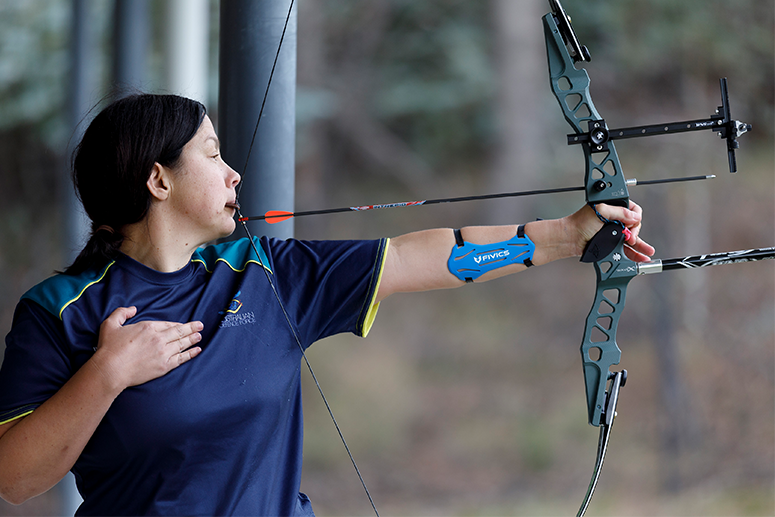
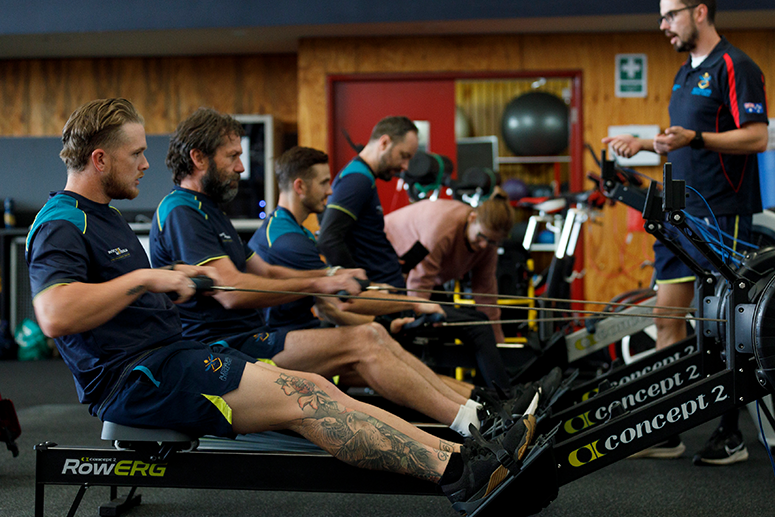
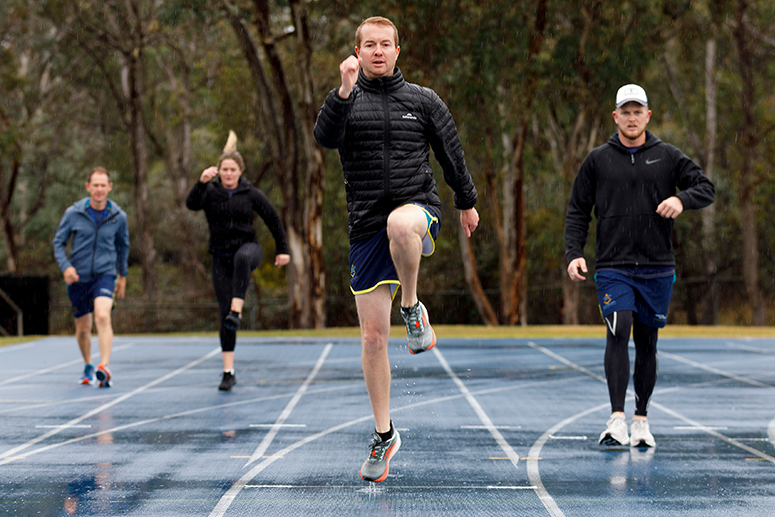

Precision Air Sports
Formerly known as Shooting, Precision Air Sports is split into three major events: Air Rifle-Prone, Air Rifle-Standing and Air Pistol competitions. Competitors can participate in up to two events in this sport and compete across four classification categories for air rifle and two for the air pistol events. Competitors must shoot at a distance of 10 metres from the firing line electronic target.
Sitting Volleyball
Sitting Volleyball is one of three team sports offered. Teams consist of a maximum of 12, with either the same or combined genders, competing within three classification categories (Minimum, Moderate, Maximum). Taking place on a smaller court with a lower net than in traditional volleyball, the objective of sitting volleyball is to send the ball over the net while preventing them from achieving the same.
The tournament follows a pool and bracket format, culminating in bronze and gold medal matches.
Swimming
Swimmers can compete in five individual events: 50M Freestyle, 100M Freestyle, 50M Backstroke, 50M Breaststroke, and the 200M Relay Race. Competitors can participate in all four individual events across thirteen classification categories. Relay teams consist of four individuals, with team composition determined by a classification point system. Similar to other sports, competitors are seperated by gender, with the exception of the Combined Gender Relay.
Wheelchair Basketball
Wheelchair Basketball follows the rules of running basketball and uses the same basket and court with 2 teams of 5. Games are played over 3 periods of 8 minutes (2 rounds of 15 minutes for finals). Competitors of all abilities and genders can compete together in this sport. The tournament follows a pool and bracket format, culminating in bronze and gold medal matches.
Wheelchair Rugby
Also known as ‘murderball’, wheelchair rugby is played in mixed-gender teams of 4 with the aim to carry the ball – a volleyball – across the opposing team’s goal line. Games consist of 2 periods of 10 minutes (15 minutes for finals). Like other team sports, teams can only field four competitors on the court at a time, with a maximum of three from any classification category. The tournament follows a pool and bracket format, culminating in bronze and gold medal matches.
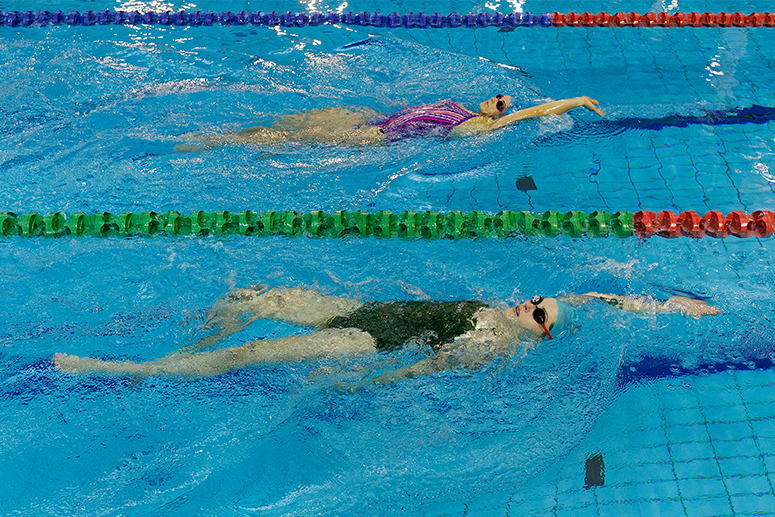
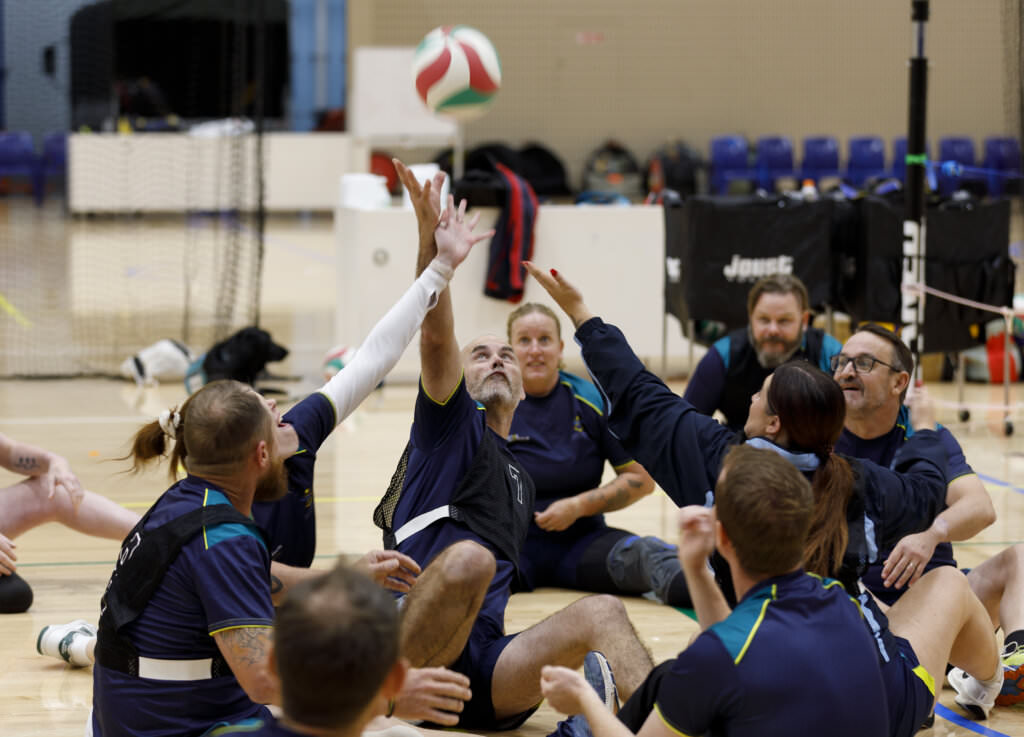

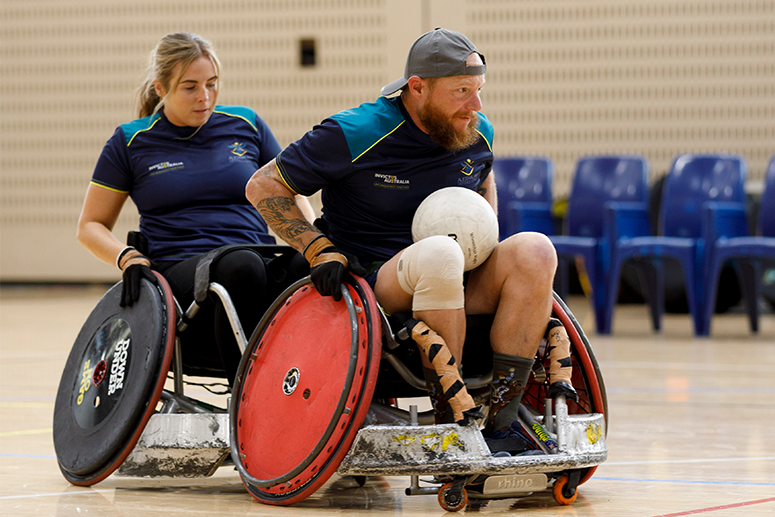
How to watch this year’s Warrior Games
For those wanting to support Team Australia from back on home soil, the DoD Warrior Games will be livestreaming the sporting events.
A live feed can be found on their YouTube channel. You can view the schedule of events on the DoD Warrior Games website.
FOLLOW ALONG AT HOME
For daily updates and to get to know your Team Australia characters further, make sure you are following us on all of our social channels.
We will be keeping the Invictus Australia community up to date on our Instagram, Facebook, LinkedIn and Twitter.
SHOW YOUR SUPPORT FOR TEAM AUSTRALIA
Team Australia would love your support! Tag @invictusaustralia in your stories and posts, send us your photos or use the hashtag #InvictusAustralia so we can share them! We’d love to see where in the world you are supporting the members of Team Australia from 💛
If you would like to support Team Australia and purchase your own spectator merch, you can do so here.
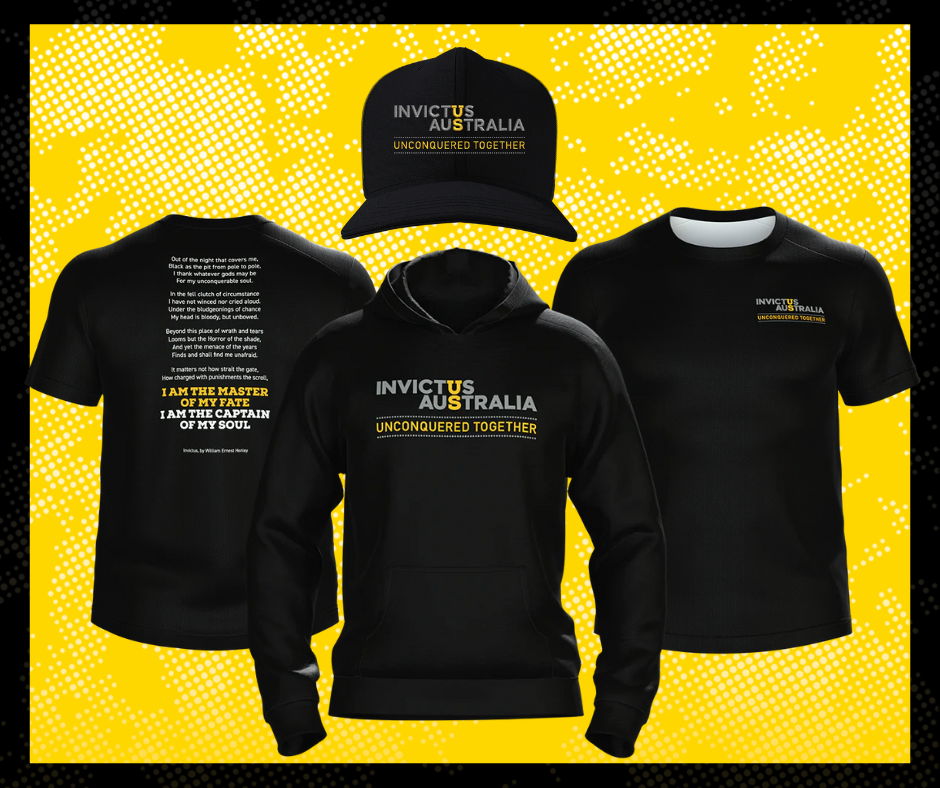
Invictus Australia partners with the Australian Defence Force to deliver Team Australia for both the Warrior and Invictus Games as part of the ADF Adaptive Sport Program. Learn more here.
Read More:
- Meet Team Australia heading to Orlando, Florida for the 2024 DoD Warrior Games
- Aussie wounded Veterans head to the AIS for a chance of a spot at the Warrior Games 2024
About Invictus Australia: Invictus Australia encourages veterans and their families to connect and engage with their communities through sport. Whether participating or volunteering at grassroots level, to competing internationally at an Invictus or Warrior Games, Invictus Australia leverages the power of sport to proactively foster good health and aid in recovery, rehabilitation and reintegration. Invictus Australia promotes the physical, social and emotional benefits of sport for all, and shine a light on the unique needs of younger veterans, particularly the challenges associated with transitioning from military to civilian life.






